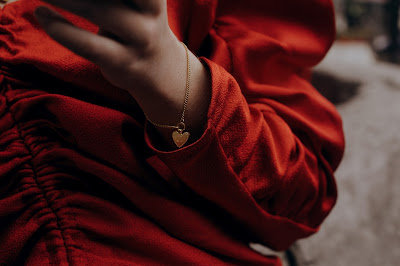Simone Matos has always lived near the Atlantic
Ocean and that can ultimately change a person. The typical blues and greys from
the Lisbon western coast climate are visible and present in her life and are
one of the bases for her Jasmin Project – a collage work collective that was
first born as a quite private and personal creative journal. Today, the graphic
designer has challenged herself and others to make these images together, as a
way to relax from the daily craziness but specially to provide a creative mind
boost for every one of every age, allowing people to express their feelings in
a physical mood board.
How did Jasmin Project happen?
SM – This project comes from the heart. It was created about 4 years ago when I started to make image clippings about dreams and magic. It is truth that I have always made collages. I used to personalize my school notebooks and files but is was between high school and the university when I’ve gained a different detailed esthetic sensibility. My artistic essence started when I began looking at fashion magazines, cutting different visual textures, colors and feminine elements and putting it all together in such a way it made sense to me. My first collage, which is called “Jasmim” of course is a composition between art, textures and feminine details – which is the essence of my creations.
Besides being a very personal art form to express ideas, moods or even private desires, what led you to share it with others?
SM – Well between that period I mentioned, I did voluntary work with elderly people and I feel that finding a space/time for a workshop, to create a group in such a way they can relax and develop their creativity as well as their mental balance is a lovely thing. And that can work for everyone.
From what you have seen during your workshops, do you feel there is discrimination in some artistic expressions in Portugal, like weaving or embroidery which are still regarded as manual “feminine/female” tasks? Collage per se is not usually accomplished by male artists and you don’t see them as often as woman in your encounters.
SM - Well actually I don’t feel that even though the way I create a collage is based in dreams, hopes or wishes and of course in that feminine essence. I try to bring some graphic and poetic style along with fashion and surrealism and that, in a last case, is quite “feminine”. However, I’ve had male participants at the workshops which resulted in something very personal and they expressed their imagination in a masculine counterbalance. It was a change of scene.
Do you feel that collage as well as urban art can have a social impact and act as an intervention form? Do you think there is some sort of a growing national conscience that it can impact in a political view?
SM – With absolutely no doubt! Every single art form may have an interventive role in the most various interventive ways and collage is no different. In other countries it is even used in economy magazines as illustrations, so it all depends of the meaning and way you want the collage to work – the importance you want it to have.
After your voluntary work, have you ever considered to organize once again some workshops and encounters in nursing homes or Senior Universities? What kind of impact do you think it could have?
SM – That’s a wonderful question! Thinking about it, with the memory loss process due to aging, it is quite necessary to create some incentives to creativity as a way to exercise the brain. Establishing a workshop ou formations dynamic that could be applied the older people, stimulating their minds, rescuing the past and making sure about their hopes and believes would be an amazing opportunity. It would give real importance for the expression of their feelings and it optimize their life perspective. For me it would be the best reward possible! .
Finally, what would you say ii was your biggest conquest so far with this project?
SM – That answer is very simple! The sharing in the workshops. It was something that I started to think about, but it only became real after I was invited by and agency to be the instructor of a Instax (Fujifilm) workshop. It was really a dream come true and it was so beautiful to see how it all went so smoothly and how all the participants were so focused in it. For me collage was always my mindfulness moment: to slow down, to get focus in the moment and forget about all the distractions (mobile phone eventually!). It is really great to see this dream, the Jasmin Project, to be embraced by so many people and becoming even more real.
(the original text can be seen at A City Made by People, here: Jasmim Project - Construction of the Memory)




















.jpg)
